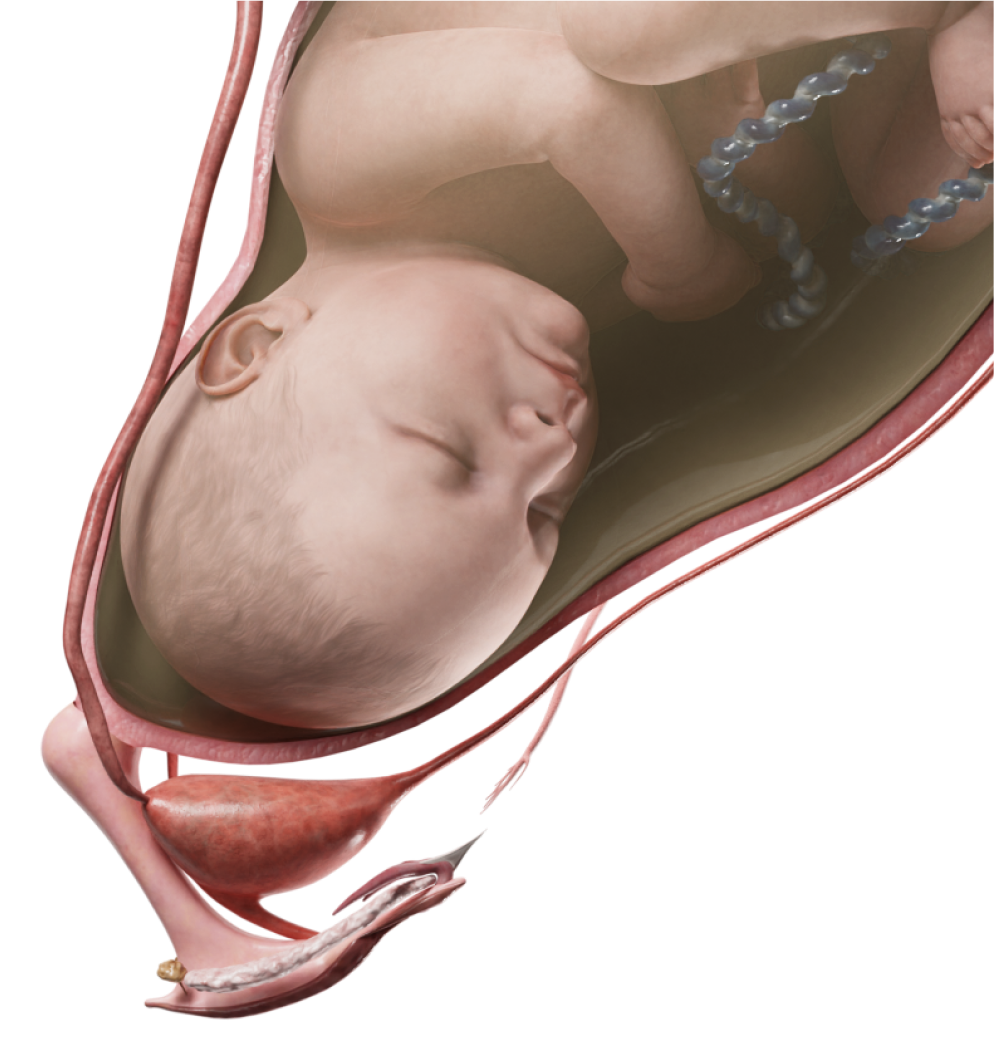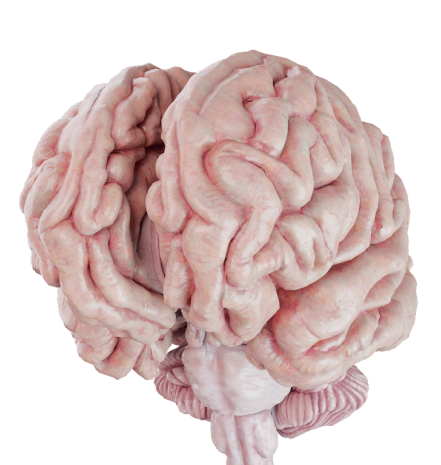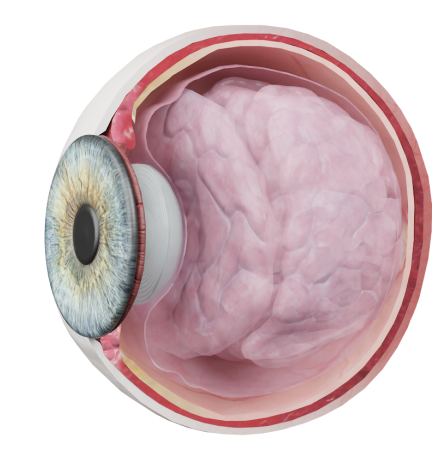Cervicitis
Cervicitis is a clinical syndrome characterized by inflammation of the cervical epithelium.
The condition may be either acute or chronic. Unlike chronic cervicitis, the acute form has an infectious nature.
Currently, there are no standard criteria to diagnose cervicitis, which makes its prevalence among the population hard to define. Nevertheless, according to the statistics, sexual activity poses major risks for infections. That is why it is reasonable to assume that the highest disease rates are among sexually active women aged 15 to 24.
Etiology
Cervicitis may be classified as infectious or noninfectious.
Infections may be caused by Neisseria gonorrhoeae, Chlamydia trachomatis, herpes simplex virus (HSV), Trichomonas vaginalis, and Mycoplasma genitalium. Neisseria gonorrhoeae and Chlamydia trachomatis tend to affect the columnar epithelium of the endocervix, whereas the squamous epithelium is primarily infected by HSV and Trichomonas vaginalis. Bacterial vaginosis is also associated with cervicitis.
Noninfectious cervicitis may develop due to mechanical and chemical irritants. Mechanical traumas may be caused by surgical tools or foreign objects, such as pessaries, diaphragms, cervical caps, tampons, and condoms. Allergic reactions are triggered by chemical irritants, including soap, laundry detergents, spermicides, latex, and vaginal douches.
Cervicitis may also develop secondary to systemic inflammatory conditions, such as lichen planus and Behçet disease. Signs of hypoestrogenic conditions due to natural or surgical menopause may mimic those of cervicitis. Such alterations arise when the mucosa of the vagina and uterus become atrophied.
Note that the exact cause of cervicitis is unclear in most cases. From a clinical standpoint, it is nearly impossible to differentiate between inflammation induced by mechanical or chemical irritants and inflammation caused by infections.
Clinical Manifestations
Patients often have no specific complaints but may experience purulent or mucopurulent vaginal discharge and intermenstrual or postcoital bleeding. Dyspareunia (painful sexual intercourse) or nagging lower abdominal pain may also be observed.
Gynecological History
Medical history helps determine major risk factors. Irrespective of the symptoms, during a check-up, a healthcare professional should ask the patient about their sex life in detail, including sex partners, sexual practices, contraception methods, sexually transmitted infection (STI) prevention, and history of STIs (if any).
Gynecologic Examination
Yellow or mucous discharge from the cervical os and mild contact bleeding from the endocervix when touched with a cotton swab are typical. Hyperemic mucosa may also be observed.
In addition, petechial hemorrhages on the ectocervix, also described as “strawberry cervix”, point to trichomoniasis. Vesicles and ulcers arise due to HSV infection. Many women with cervicitis associated with Mycoplasma genitalium infection are asymptomatic, making this condition hard to detect. In cases of fever, tenderness during a bimanual examination or cervical motion tenderness, internal genitalia may be involved.
Diagnosis
The initial diagnostic approach focuses on identifying the causative pathogen. A nucleic acid amplification test (NAAT) is the most sensitive and specific method for this purpose. A NAAT may utilize both endocervical or vaginal discharge and urine as samples.
Cervicitis may also be diagnosed with the help of Gram staining of endocervical material. However, there are no standard criteria for the number of leukocytes needed to confirm cervicitis, which is why this technique is less sensitive and has a low positive predictive value.
1. Sample: Endocervical smear:
1.1. Test: NAAT for Chlamydia trachomatis and Neisseria gonorrhoeae:
- Conclusion: Positive: Chlamydia trachomatis and Neisseria gonorrhoeae confirmed;
- Conclusion: Negative: Other cervicitis etiology.
1.2. Test: Microscopy and culture for Neisseria gonorrhoeae:
- Conclusion: Susceptibility and possible resistance of Neisseria gonorrhoeae.
1.3. Test: NAAT for Mycoplasma genitalium:
- Conclusion: Positive: Further testing for antibiotic susceptibility is needed.
1.4. Test: NAAT for HSV (cervicitis does not respond to treatment or relapses for no obvious reason):
- Conclusion: Positive: Antiviral therapy.
2. Sample: Vaginal smear
2.1. Test: NAAT for Trichomonas vaginalis:
- Conclusion: Positive: Diagnosis confirmed, treatment as needed.
3. Sample: Vaginal pH:
3.1. Test: Normal range 3.5–4.5
- Conclusion: Normal range 3.5–4.5
4. Sample: Anal/rectal smear
4.1. Test: NAAT for Chlamydia trachomatis and Neisseria gonorrhoeae
- Conclusion: Positive: Chlamydia trachomatis and Neisseria gonorrhoeae confirmed
- Conclusion: Negative: If a patient reports anal sexual contact, it may contribute to recurrent bacterial vaginosis.
4.2. Test: Microscopy and culture for Neisseria gonorrhoeae
- Conclusion: Susceptibility and possible resistance of Neisseria gonorrhoeae.
Treatment
Management strategy is linked to cervicitis etiology. Centers for Disease Control and Prevention (CDC) recommend empirical therapy for females at high risk of STIs. This category includes women under 25, women with a new sexual partner, a current partner with a history of STIs, or multiple concurrent sexual partners. Such patients should receive antibiotics targeting Chlamydia trachomatis and Neisseria gonorrhoeae.
An empirical approach may also be employed when testing has not identified any causative pathogen. Therapy may be postponed until specific tests confirm the diagnosis in women at lower risk of STIs.
Empirical therapy includes:
- Azithromycin (a single oral dose);
- Ceftriaxone (a single intramuscular injection);
- Doxycycline (an oral course for 7 days);
- Cefixime (a single oral dose);
- In case of severe allergy to penicillins/cephalosporins: azithromycin (a single oral dose).
When laboratory tests detect infective agents, the exact therapy depends on the species:
- Chlamydia: Azithromycin (a single oral dose) or doxycycline (a course);
- Gonorrhea: Ceftriaxone (a single intramuscular injection) for patients with body weight less than 150 kg and negative tests for other infections;
- Mycoplasma: Doxycycline (a course) or azithromycin (a course for 3 days);
- Trichomonas vaginalis: Metronidazole or tinidazole (a single oral dose);
- Bacterial vaginosis: Metronidazole (an oral course); metronidazole vaginal gel, 0.75 %, clindamycin vaginal cream, 2 %, or clindamycin vaginal suppositories;
- HSV: Acyclovir, valacyclovir, famciclovir orally.
Contact tracing is the priority, if chlamydia, gonorrhea, trichomoniasis, and Mycoplasma genitalium are confirmed. This measure is not necessary in the case of HSV. Women should abstain from sexual activity until the treatment course is complete.
There is no difference in handling HIV-positive and HIV-negative women. If treated timely, such women show less virus shedding and have a lower risk of HIV transmission.
Cervicitis is described as chronic in cases of persistent abnormal vaginal discharge for three consecutive months when empirical antibiotic therapy has been prescribed and/or an infection has been ruled out. If a repeated sexual contact with an infected partner is suspected, patients should be reassessed for a potential reinfection. If women with persistent symptomatic cervicitis are not diagnosed with an infection, repeated or long-term antibiotic therapy generally does not prove to be efficient.
Complications: An infection may spread to the uterus, uterine tubes, and ovaries, leading to pelvic inflammatory disease (PID), a dangerous cervicitis complication. PID may be both acute and chronic. In the latter case, it may cause chronic pelvic pain, ectopic pregnancy, and infertility.
Pregnancy: STI-induced cervicitis correlates with unfavorable pregnancy outcomes, including premature rupture of the membranes, premature birth, and low birth weight of newborns. If not diagnosed in time, Chlamydia trachomatis increases the risk of neonatal exposure to infected cervical secretions during delivery. Primary neonatal Chlamydia trachomatis infection affects the conjunctiva, nasopharynx, genitourinary system, and rectum.
Neisseria gonorrhoeae infection in newborns may cause severe conditions, such as neonatal conjunctivitis and sepsis, including arthritis and meningitis.
Rhinitis, vaginitis, urethritis, and scalp infections are less severe manifestations.
Irrespective of the gestational age, all pregnant women should undergo mandatory prenatal infection screening and, if positive, recommended treatment.










